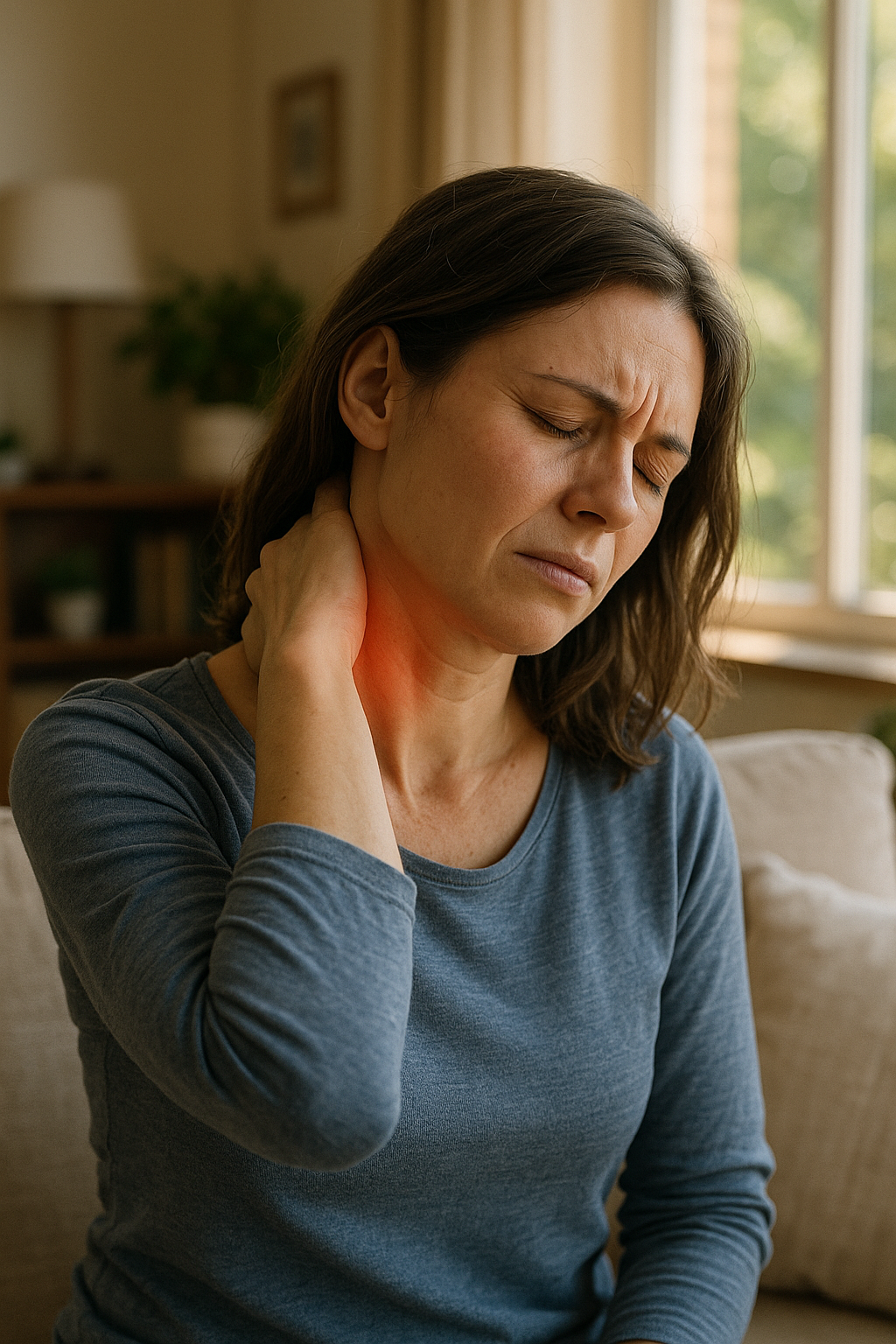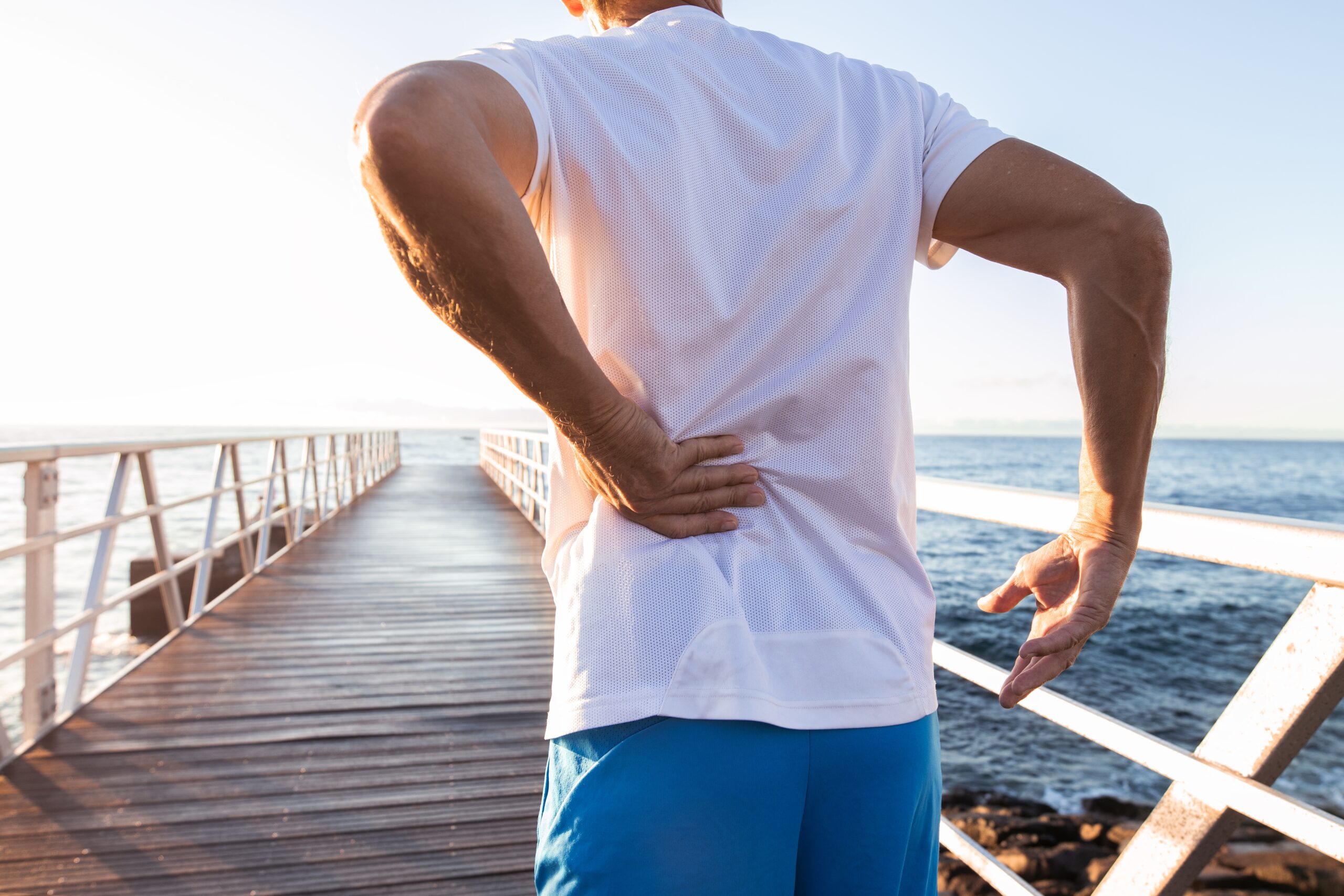A Look at High-Intensity Laser Therapy for Chronic Low Back Pain!
Chronic low back pain (CLBP) is more than just a nuisance; it’s a persistent, debilitating condition that can last longer than 12 weeks. It brings with it not only pain, but also muscle weakness, reduced functional ability, and a significant psychosocial burden, making effective treatment a complex journey. Many therapies exist, from exercises to physical agents, but which one truly delivers the best relief and lasting results?
A recent study delved into this very question, comparing two popular physical therapy modalities: High-Intensity Laser Therapy (HILT) and Therapeutic Ultrasound (US). The aim was clear: to see which one offered superior benefits in reducing pain, improving functional ability, and increasing the range of motion in patients suffering from CLBP.
How Did They Study It?
Researchers gathered 54 patients, aged between 25 and 65, all living with chronic low back pain that had persisted for over three months. These patients were carefully divided into two groups, each with 27 participants:
- The Examined Group: Received High-Intensity Laser Therapy (HILT) combined with specific exercises.
- The Control Group: Received Ultrasound Therapy (US) also combined with the same exercises.
Both groups underwent 10 treatment sessions over two consecutive weeks, with breaks on weekends. Beyond the clinic, all patients were taught a standardized program of back, abdominal, lumbar, and gluteal muscle exercises to perform at home for three months.
To track progress, the researchers used three key assessment tools:
- Numeric Pain Rating Scale: To quantify subjective pain levels (0 for no pain, 10 for worst possible pain).
- Oswestry Disability Index (ODI): To evaluate how much their back pain impacted daily activities and overall function.
- Schober’s Test: To measure the range of motion, specifically lumbar spine flexion.
Assessments were conducted at three critical points: before treatment began, after two weeks of treatment, and then three months later to check for sustained effects.
And The Results Are In!
The findings were quite compelling!
- 1. Pain Reduction: The HILT group showed significantly greater improvement in pain scores compared to the ultrasound group, both after two weeks of treatment and at the three-month follow-up.
- 2. Reduced Disability: Patients treated with HILT experienced a statistically significant reduction in their Oswestry Disability Index scores, indicating better functional ability, which was also evident at both the two-week and three-month marks.
- 3. Improved Range of Motion: While both groups saw some improvement, the HILT group demonstrated significantly better lumbar flexion (range of motion) at the three-month follow-up compared to the ultrasound group.
Remarkably, no side effects were observed in either the HILT or ultrasound therapy groups throughout the study. The positive effects of HILT were sustained for three months, suggesting long-term benefits.
Why Does High-Intensity Laser Therapy Work So Well?
Laser therapy, especially the high-intensity type, is gaining recognition in physical medicine due to its ability to treat deeper tissue structures more effectively than other lasers. Its analgesic (pain-relieving) effect is thought to stem from several mechanisms:
- Anti-inflammatory Effects: It reduces inflammation in tissues.
- Improved Microcirculation: It increases blood flow to the affected area.
- Nerve Regeneration & Immunological Processes: It stimulates these vital healing processes.
- Endorphin Release: It increases the secretion of natural pain-relieving chemicals in the body, such as β-endorphins, which centrally inhibit pain.
- Mitochondrial Activity: Absorbed laser light boosts mitochondrial oxidative processes, increasing ATP, RNA, and DNA production, leading to a photobiological effect.
This study reinforces previous research that also found HILT to be effective for various pain conditions, including shoulder pain, knee osteoarthritis, and chronic ankle pain. The combination of HILT with therapeutic exercises appears to be crucial for achieving superior results in managing chronic low back pain.
A Word on Limitations
Like all studies, this one had its limitations. The number of patients included was relatively small. Also, while patients were instructed on home exercises, perfectly controlling their daily routine and ensuring full compliance with exercises performed outside the clinic was challenging. Factors like patient occupation and Body Mass Index (BMI) were also not considered, which could influence outcomes. Future, larger studies are needed to explore these aspects and evaluate longer-term effects.
The Takeaway
This research provides strong evidence that High-Intensity Laser Therapy, when combined with a consistent exercise program, is an effective, safe, and valuable physical modality for patients battling chronic low back pain. It significantly reduces pain, decreases disability, and improves the range of motion, with positive effects lasting for at least three months. So, for those struggling with persistent back pain, HILT might just be the innovative solution to help you move better and feel better!
If you would like to find out more about chronic lower back pain or the use of modern high intensity laser, please call us on 5580 5655 or click the link to our bookings page. Our chiropractors are also trained in laser therapy and licensed to use class IV lasers.
Spine Sport Feet has been providing allied health support and services to the northern end of the Gold Coast for more than 20 years. We are located in Helensvale Homeworld, beside the medical centre, on Hope Island Road. If you are driving here, we are really close to the M1.






